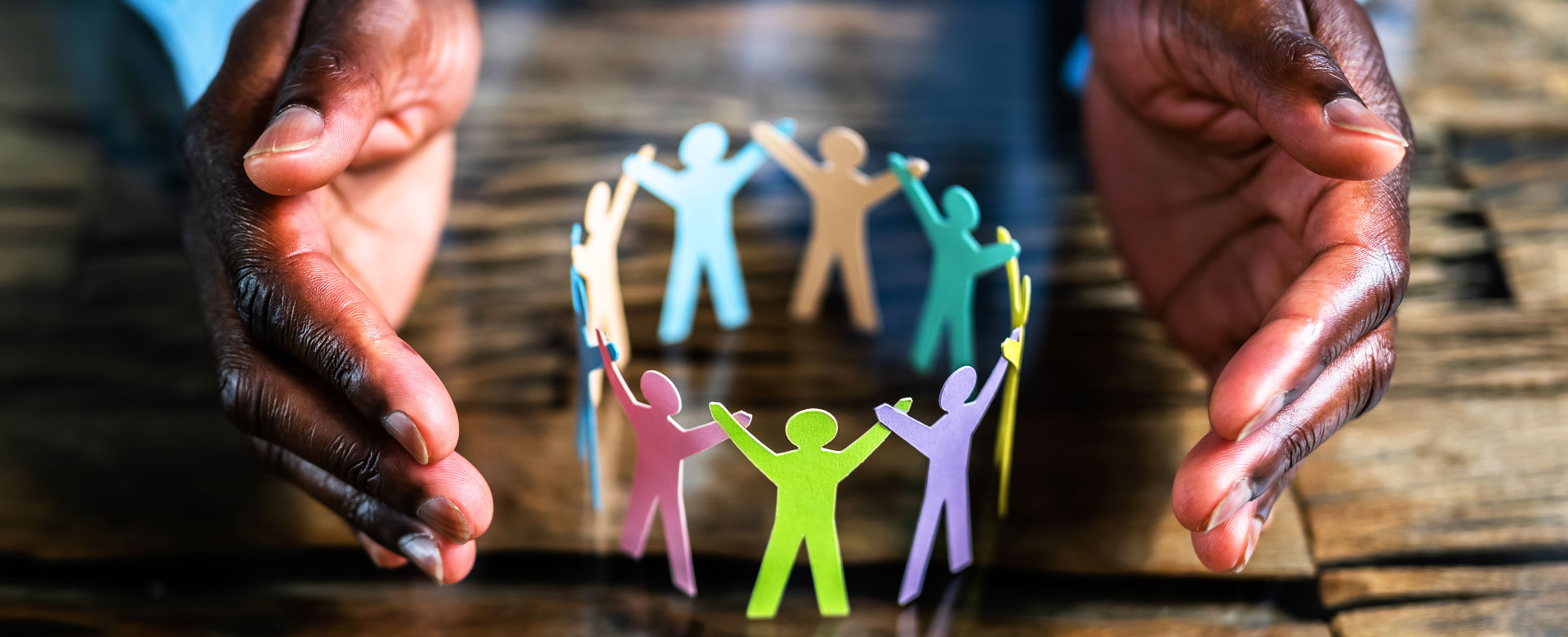Bottom-up Processing is one method of information processing that starts with the smallest of details before moving on to more complicated concepts. This differs from top-down processing where we create an overall impression of the scene, and then search for evidence to support this idea. Visual processors of the city’s streets may first be able to sense that the area is chaotic, noisy, and crowded. To verify this notion, they could then look for specific signs of this, for instance, pedestrians navigating through the crowds or noise coming from nearby cars.
Because bottom-up processing tends to be more dependent on data than analytical, it has been thoroughly studied for its connection to specific cognitive processes like perception and memory. But it can also be useful in different aspects of our lives like decisions, creativity, and pursuits such as art and design. Bottom-up processing can be utilized wisely and effectively to resolve problems and gain more understanding of complex situations. Thus, despite its somewhat negative connotations within academic circles, bottom-up processing is extremely beneficial in understanding the world around us, and our internal processes as well.

The brain’s intricate structure is at the heart of our thoughts, actions, and choices. This complex organ plays an essential role in our ability to think, memory, and mood as well as our behavior. The bottom-up process has been proven to have an impact on how the brain functions. This refers to how information is processed starting at the individual level of neurons, or nerve cells as they move up interconnected neural pathways that eventually impact the higher cognitive functions, such as perception and attention. Studies have shown that this process could have significant effects on various phenomena like memory and learning. It could also be employed to treat illnesses such as schizophrenia or Alzheimer’s disease. Thus, by better understanding the bottom-up process and its mechanisms we could be able to unlock the mysteries behind brain function, paving the way to powerful new tools for neuroscience and health.
Bottom-up processing describes how data is processed by our brains. The top-down process is focused more on incorporating expectations and prior knowledge into the process of learning. Bottom-up processing is based on the input of raw data. Focusing on distinct elements of learning, from basic vocabulary and sounds to more advanced concepts and ideas, the bottom-up process has proven to be a highly effective approach for learners of all kinds.
Bottom-up processing has one major advantage: it lets us take a step back and examine each part of the information we are exposed to. This allows us to remain in the loop and inspired to learn new concepts, refine existing ones, and even find areas for improvement. In order to better understand the data, we could be able to highlight the ways in which they are linked through logic chains and networks. By using bottom-up processing we will become better at learning and more effective communicators in general.